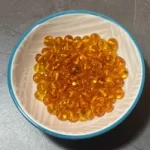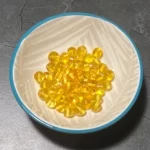Currently Empty: $0.00
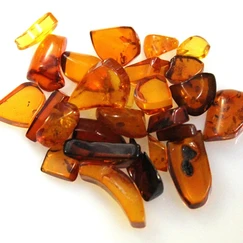
Where Does Amber Come From?
Baltic Amber is a fossil resin derived from resin-bearing trees that no longer exist. It is not tree sap but specifically resin used by trees to protect themselves from injuries. Amber is composed of several tree resins, plant materials, a volatile oil, and succinic acid.
As resins of the ancient forests filled internal fissures in the trees, they trapped insects, spiders, annelids, wood, plant matter, feathers and hair. Over time, the forests fell and were carried by rivers to coastal regions where they were buried by sediments and became part of the ocean floor.
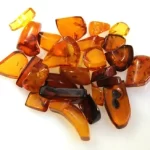
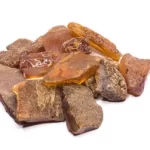

How Old Is Amber?
Baltic Amber is one of the oldest forms of Amber, with a rich history spanning over 40 million years. We source our Amber from ethical suppliers located in the Baltic regions who regularly test the Amber for its authenticity, so customers can rest assured that only genuine Baltic Amber is supplied.
What Colours Are There?
Amber is a lovely gemstone available in a variety of colours, making it an exceptional choice for both fashion and healing purposes.
The most common colours are Brown (Cognac), Orange (Honey) and Yellow (Lemon). There are other colours such as Red, Blue, and Green that may be less common but are equally as stunning. The many colours of Amber give customers the opportunity to choose from a wide range of options based on their personal preferences and needs.

